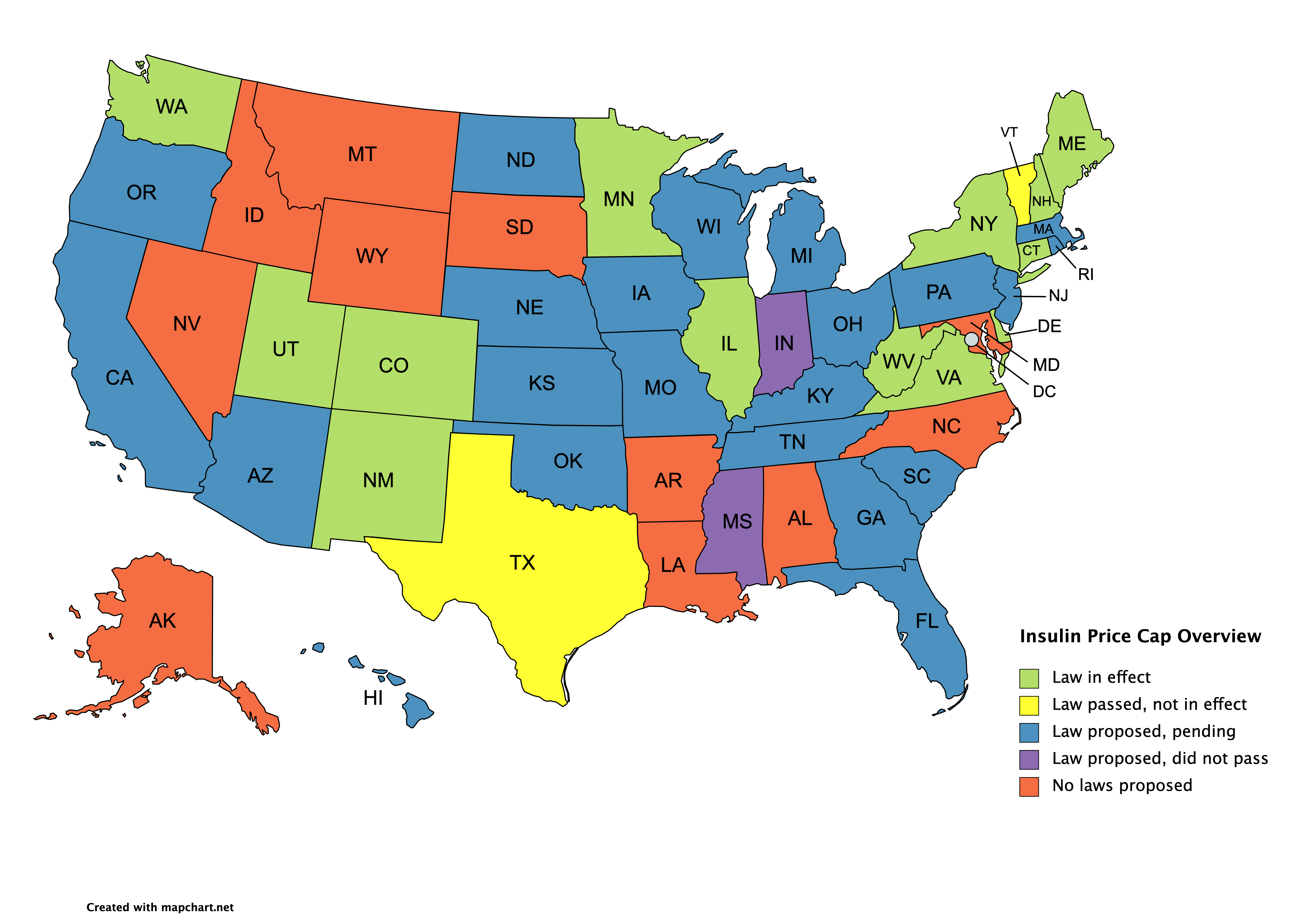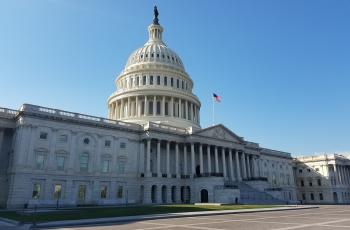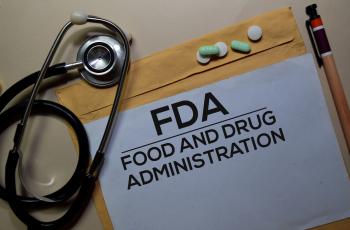Insulin Copay Caps - A Path to Affordability
In response to the rising cost of insulin and lack of federal insulin pricing regulation, states are taking on the issue of insulin affordability. Here is an overview of insulin copay legislation in the US, how it helps people with diabetes, and who it applies to.
Over 7 million people in the US need insulin to survive, yet the drug has become unaffordable for far too many people with diabetes. The cost of insulin has risen dramatically over the past decade, and according to the ADA, there was a 64% increase in insulin prices from 2014-2019. The Health Care Cost Institute reports that the average yearly insulin expense for a person with type 1 diabetes was $5,705 in 2016, almost double the average insulin expense in 2012.
Though many people with diabetes need insulin to survive, high prices force many to ration and skip insulin doses - this can lead to serious health complications. A 2018 Yale study stated that 1 in 4 people in the U.S. have had to ration their insulin because it is too expensive. A June 2020 dQ&A study found that 9% of respondents with type 2 diabetes and 3% of respondents with type 1 diabetes had rationed insulin in the past three months.
While major bipartisan insulin pricing reform has proven difficult at the federal level, many states have worked to address the issue by passing insulin copay cap legislation.
What are insulin copay caps?
Insulin copay caps are laws that set a maximum copay price that people with diabetes have to pay for insulin. State-level insulin copay laws generally set a cost limit for insulin copays - the price you pay at the pharmacy - whether or not you have met your deductible. For people with high deductible health plans or who have high and unpredictable healthcare costs, these copay caps make insulin costs more affordable and easier to anticipate. Most state insulin copay caps only apply to people with commercial insurance and do not apply to people on Medicare, Medicaid, or those who are uninsured.
These insulin copay cap laws generally limit the out-of-pocket price of insulin to between $25 and $100 for a 30-day supply. Colorado’s insulin copay cap was the first to go into effect in January 2020. Today, 13 states have insulin copay cap laws in effect - Colorado, Connecticut, Delaware, Illinois, Maine, Minnesota, New Hampshire, New Mexico, New York, Utah, Virginia, Washington, and West Virginia. Vermont and Texas have recently passed insulin pricing legislation that have not yet gone into effect.
Here is an overview of insulin pricing laws in the US

Colorado - Insulin copays are capped at $100 for a 30-day supply for people with commercial insurance.
Connecticut - Insulin copays are capped at $25 for a 30-day supply, and insulin-related supplies, such as test strips, BGMs, and CGMs, are capped at $100 per month. Other glucose-lowering medications are capped at $25 per month.
Delaware - Insulin copays are capped at $100 for a 30-day supply for people with commercial insurance.
Illinois - Insulin copays are capped at $100 for a 30-day supply for people with commercial insurance.
Maine - Insulin copays are capped at $100 for a 30-day supply for people with commercial insurance.
Minnesota - Insulin copays are capped at $50 for a 90-day supply. This law applies to people who are uninsured, low-income individuals who have commercial insurance that does not cover insulin or have commercial insurance with an insulin copay greater than $75. The law also supplies an emergency 30-day supply of insulin yearly to people in urgent need for $35.
New Hampshire - Insulin copays are capped at $30 for a 30-day supply for people with commercial insurance.
New Mexico - Insulin copays are capped at $25 for a 30-day supply for people with commercial insurance.
New York - Insulin copays are capped at $100 for a 30-day supply for people with commercial insurance.
Texas - Beginning September 1, 2021, insulin copays will be capped at $25 for each insulin prescription per month for people with commercial insurance.
Utah - Insulin copays are capped at $30 for a 30-day supply for people with commercial insurance and for those who are uninsured.
Vermont - Beginning January 1, 2022, insulin copays will be capped at $100 for a 30-day supply for people with commercial insurance.
Virginia - Insulin copays are capped at $50 for a 30-day supply for people with commercial insurance.
Washington - Insulin copays are capped at $100 for a 30-day supply for people with commercial insurance.
West Virginia - Insulin copays are capped at $100 for a 30-day supply for people with commercial insurance.
States with proposed legislation that is pending
Arizona, California, Florida, Georgia, Hawaii, Iowa, Kansas, Kentucky, Massachusetts, Michigan, Missouri, Nebraska, New Jersey, North Dakota, Ohio, Oklahoma, Oregon, Pennsylvania, Rhode Island, South Carolina, Tennessee, Wisconsin
Do state-level insulin copay laws make insulin affordable for everyone?
While state insulin copay laws are a huge step in the right direction, they do not make insulin affordable for everyone. The majority of these laws only apply to people with commercial insurance, likely through their employer. These copay caps typically do not apply to people on Medicare, Medicaid, self-funded employer plans, or who are uninsured. While, Medicare has its own insulin copay cap. People on Medicaid and those who are uninsured - arguably the people most in need of affordable insulin - do not benefit from insulin copay laws in most states.
Even for people with commercial insurance, these state-level insulin copay laws do not apply to every insurer. These laws largely apply to single-state healthcare plans and not national or multi-state payers. This means that if you work for a company that provides health insurance to people in multiple states, you may not benefit from insulin copay laws. If you are wondering if an insulin copay cap applies to you, we encourage you to reach out to your health insurance provider to learn more.
State insulin copay laws are effective in lowering the cost of insulin for many people, but more can be done to make the life-saving drug more accessible in every state, regardless of insurance status. The current patchwork of state-level legislation and patient assistance programs is not enough. We need insulin pricing and copay regulation at the federal level that makes insulin affordable for all people with diabetes.


